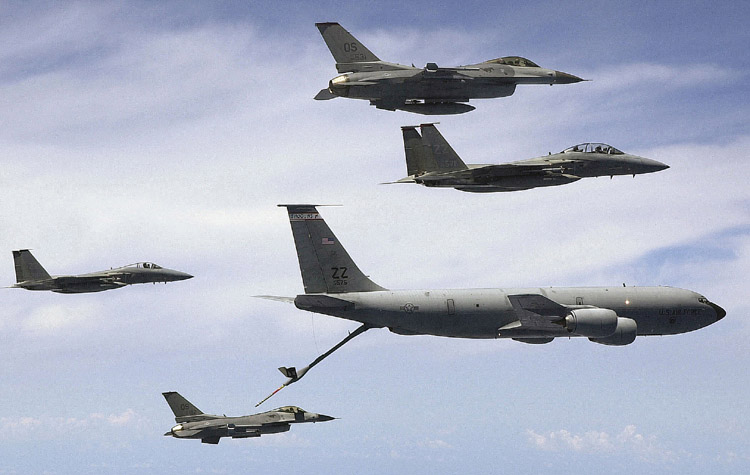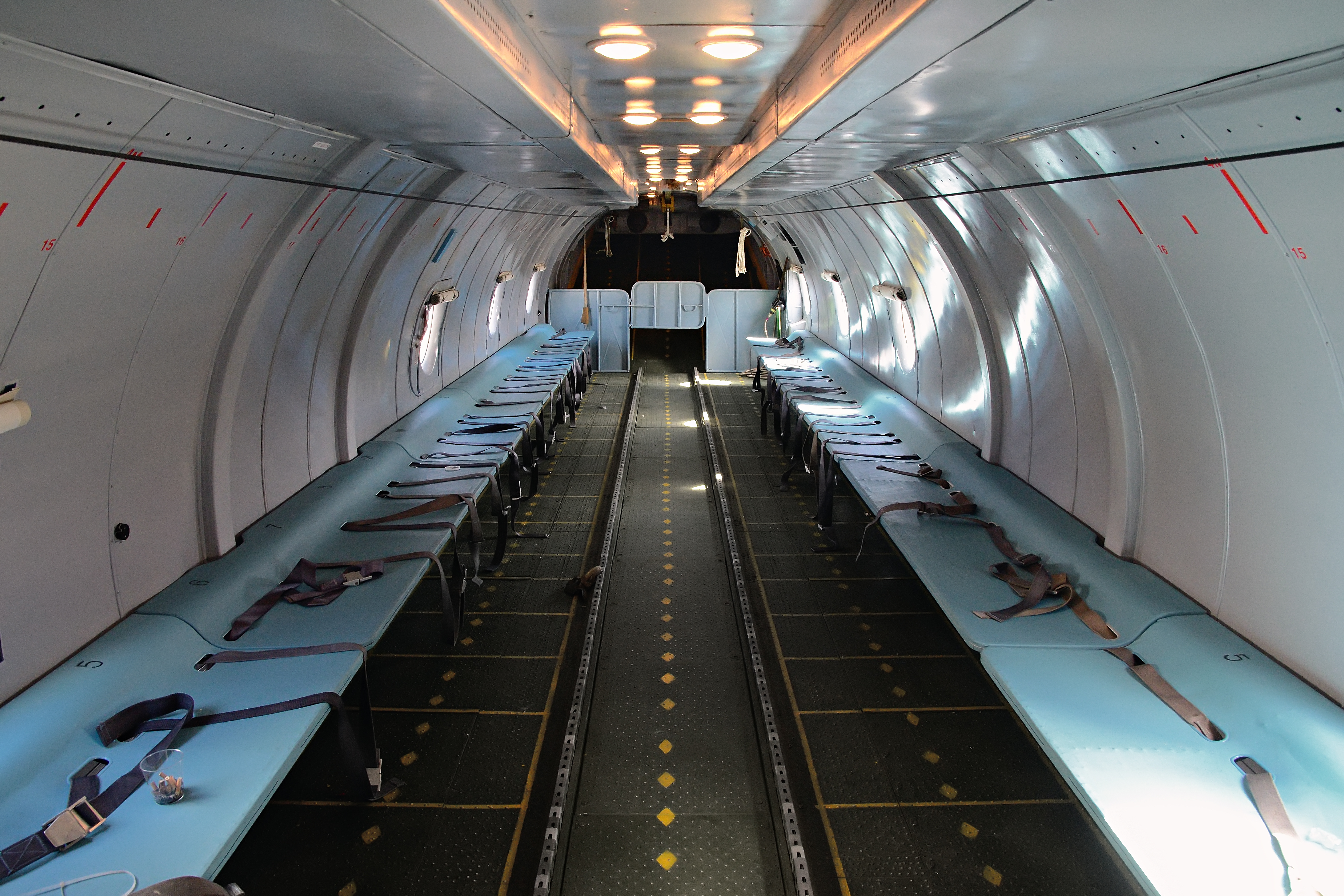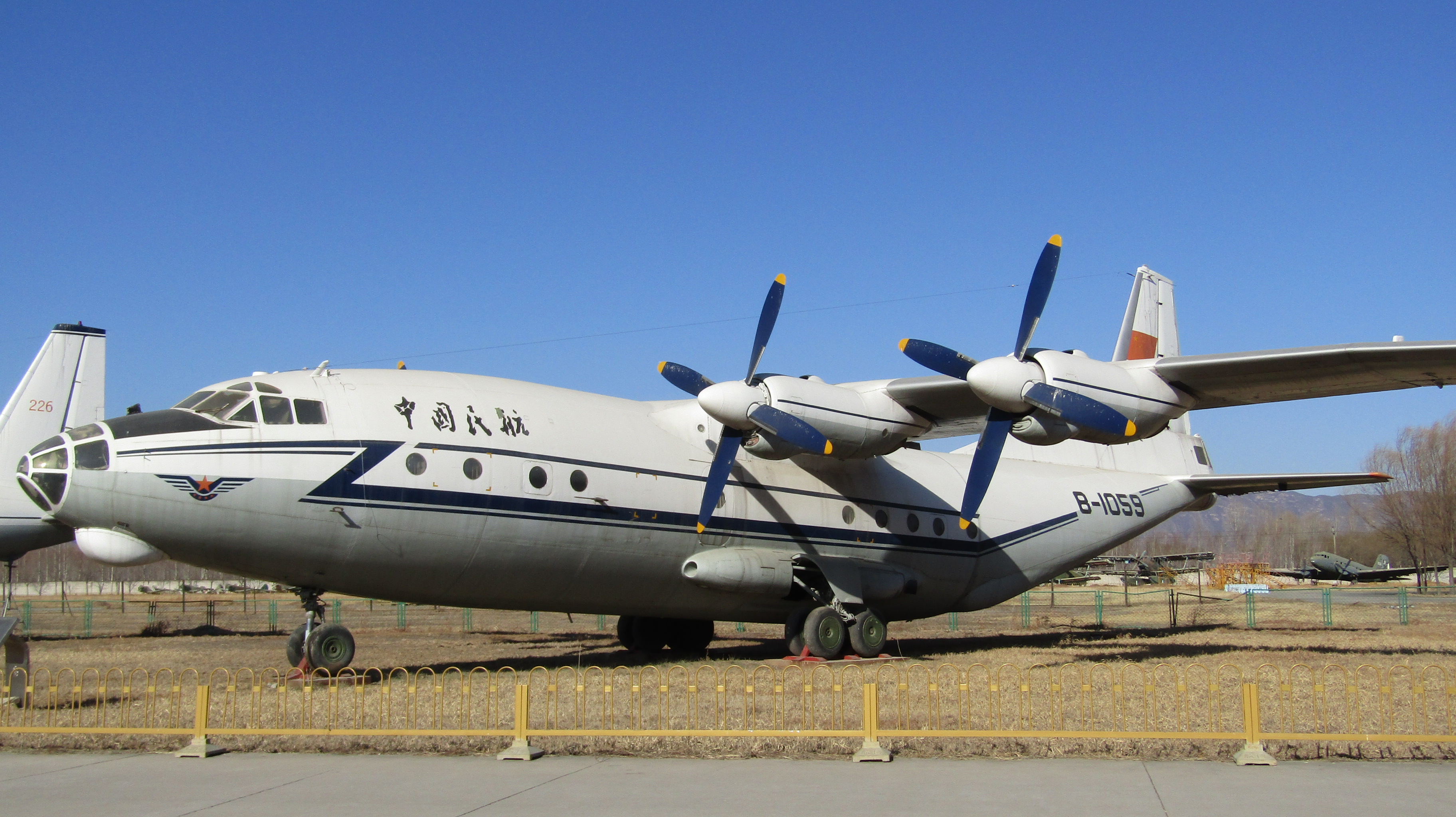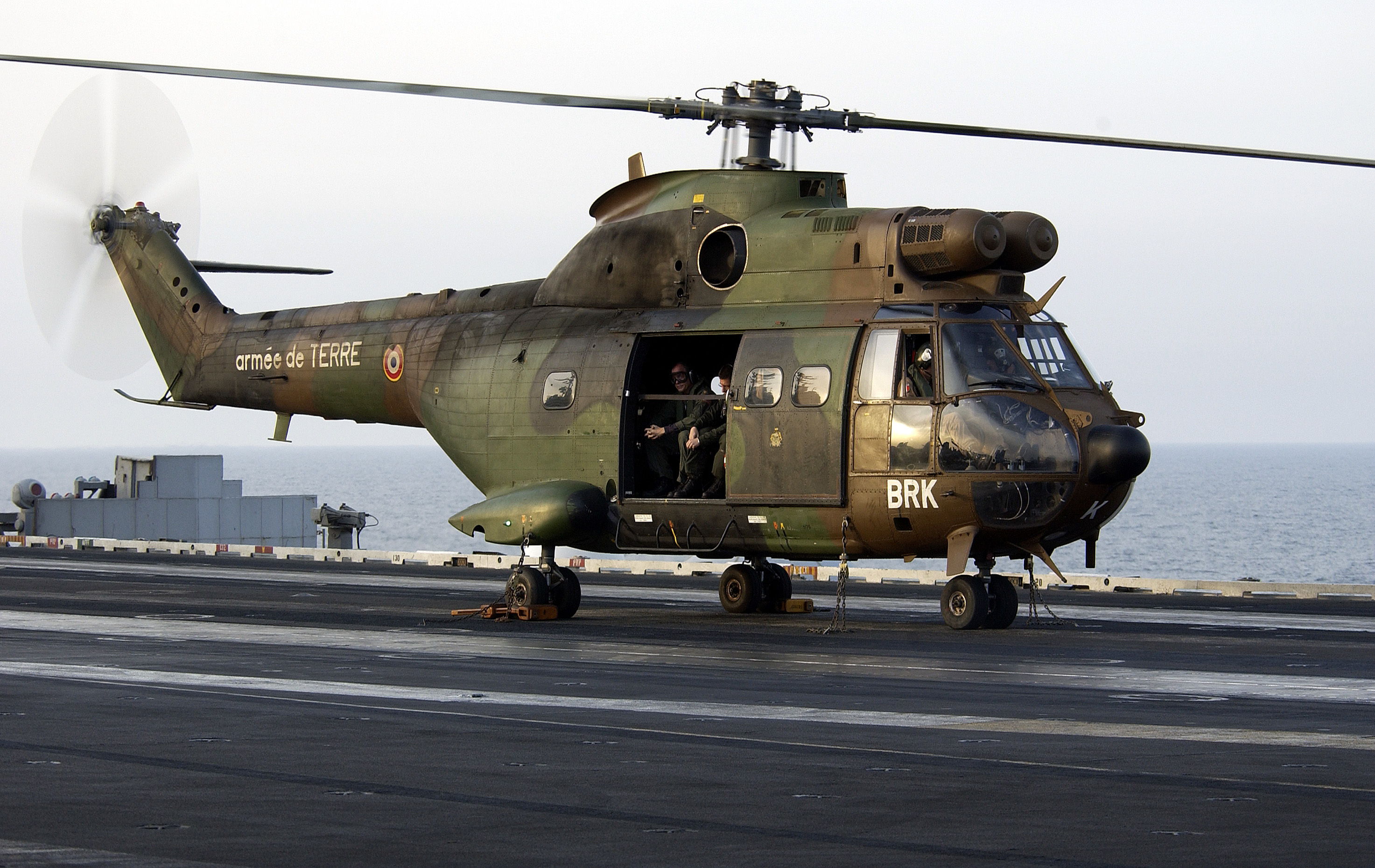|
Zaire Air Force
The Congolese Air Force (french: Force Aérienne Congolaise, or FAC) is the air force branch of the Armed Forces of the Democratic Republic of the Congo (Congo-Kinshasa). From 1971 to 1997, it was known as the Zairian Air Force (, or FAZA). History Shortly after the Congo became independent in 1960, the province of Katanga seceded, and the newly formed State of Katanga began building its own army. The Katangese seized most of the aircraft operated by the Aviation de la Force Publique and created the Katangese Air Force. The Congolese Air Force was created in mid-1961 largely to oppose the new Katangese Air Force. In 1963, Katanga was defeated by United Nations forces in Operation Grandslam, and the remaining assets of the Katangese Armed Forces were integrated into the Congolese Air Force. A Central Intelligence Agency (CIA) front company, Anstalt WIGMO, provided maintenance support to large parts of the FAC in the 1964–1968 period. The CIA also provided aircraft du ... [...More Info...] [...Related Items...] OR: [Wikipedia] [Google] [Baidu] |
Congo Air Force Roundel
Congo or The Congo may refer to either of two countries that border the Congo River in central Africa: * Democratic Republic of the Congo, the larger country to the southeast, capital Kinshasa, formerly known as Zaire, sometimes referred to as "Congo-Kinshasa" * Republic of the Congo, the smaller country to the northwest, capital Brazzaville, sometimes referred to as "Congo-Brazzaville" Congo or Kongo may also refer to: Places Africa * Congo Basin, or the Congo, the sedimentary basin of the Congo River * Congo Canyon, a submarine canyon * Kingdom of Kongo (1390–1914) * Kingdom of Kakongo (15th century–1885) * Congo Free State (1885–1908) * Republic of the Congo (Léopoldville) or Congo-Léopoldville (1960–1971) * People's Republic of the Congo (1969–1992) * Kongo, Ghana, town in Ghana * Kongo, Liberia, small town in Liberia Former colonies * Belgian Congo * French Congo * Portuguese Congo United States * Congo, Alabama * Congo, Missouri * Congo, Pennsy ... [...More Info...] [...Related Items...] OR: [Wikipedia] [Google] [Baidu] |
Aérospatiale Alouette III
The Aérospatiale Alouette III (, ''Lark''; company designations SA 316 and SA 319) is a single-engine, light utility helicopter developed by France, French aircraft company Sud Aviation. During its production life, it proved to be a relatively popular rotorcraft; including multiple Licensed production, licensed manufacturers, more than 2,000 units were built. The Alouette III was developed as an enlarged derivative of the earlier and highly successful Aérospatiale Alouette II, Alouette II. Sharing many elements with its predecessor while offering an extra pair of seats and other refinements, it quickly became a commercial success amongst both civil and military customers. Further variants were also developed; amongst these was a high-altitude derivative, designated as the Aérospatiale SA 315B Lama, SA 315B Lama, which entered operational service during July 1971. The Alouette III was principally manufactured by Aérospatiale; the type was also built under licence by Hindustan A ... [...More Info...] [...Related Items...] OR: [Wikipedia] [Google] [Baidu] |
Military Of The Democratic Republic Of The Congo
The Armed Forces of the Democratic Republic of the Congo (french: Forces armées de la république démocratique du Congo ARDC is the state organisation responsible for defending the Democratic Republic of the Congo. The FARDC was rebuilt patchily as part of the peace process which followed the end of the Second Congo War in July 2003. The majority of FARDC members are land forces, but it also has a small air force and an even smaller navy. In 2010–2011 the three services may have numbered between 144,000 and 159,000 personnel. In addition, there is a presidential force called the Republican Guard, but it and the Congolese National Police (PNC) are not part of the Armed Forces. The government in the capital city Kinshasa, the United Nations, the European Union, and bilateral partners which include Angola, South Africa, and Belgium are attempting to create a viable force with the ability to provide the Democratic Republic of Congo with stability and security. However, this ... [...More Info...] [...Related Items...] OR: [Wikipedia] [Google] [Baidu] |
Air Force
An air force – in the broadest sense – is the national military branch that primarily conducts aerial warfare. More specifically, it is the branch of a nation's armed services that is responsible for aerial warfare as distinct from an army or navy. Typically, air forces are responsible for gaining control of the air, carrying out strategic and tactical bombing missions, and providing support to land and naval forces often in the form of aerial reconnaissance and close air support. The term air force may also refer to a tactical air force or numbered air force, which is an operational formation either within a national air force or comprising several air components from allied nations. Air forces typically consist of a combination of fighters, bombers, helicopters, transport planes and other aircraft. Many air forces may command and control other air defence forces assets such as anti-aircraft artillery, surface-to-air missiles, or anti-ballistic missile warning ne ... [...More Info...] [...Related Items...] OR: [Wikipedia] [Google] [Baidu] |
Ilyushin Il-76
The Ilyushin Il-76 (russian: Илью́шин Ил-76; NATO reporting name: Candid) is a multi-purpose, fixed-wing, four-engine turbofan strategic airlifter designed by the Soviet Union's Ilyushin design bureau. It was first planned as a commercial freighter in 1967, as a replacement for the Antonov An-12. It was designed to deliver heavy machinery to remote, poorly served areas. Military versions of the Il-76 have been widely used in Europe, Asia and Africa, including use as an aerial refueling tanker or command center. The Il-76 has seen extensive service as a commercial freighter for ramp-delivered cargo, especially for outsized or heavy items unable to be otherwise carried. It has also been used as an emergency response transport for civilian evacuations as well as for humanitarian aid and disaster relief around the world. Due to its ability to operate from unpaved runways, it has been useful in undeveloped areas. Specialized models have also been produced for aerial fir ... [...More Info...] [...Related Items...] OR: [Wikipedia] [Google] [Baidu] |
Antonov An-72
The Antonov An-72 (NATO reporting name: Coaler) is a Soviet/Ukrainian transport aircraft, developed by Antonov. It was designed as an STOL transport and intended as a replacement for the Antonov An-26, but variants have found success as commercial freighters. The An-72 and the related An-74 get their nickname, ''Cheburashka'', from the large engine intake ducts, which resemble the oversized ears of the popular Soviet animated character of the same name. Design and development The An-72 first flew on . Produced in tandem with the An-72, the An-74 variant adds the ability to operate in harsh weather conditions in polar regions, because it can be fitted with wheel-skis landing gear, de-icing equipment, and a number of other upgrades, allowing the aircraft to support operations in Arctic or Antarctic environments. Other An-72 versions include the An-72S VIP transport and An-72P maritime patrol aircraft. Its first flight was made on , but production started in the late 1980s. Th ... [...More Info...] [...Related Items...] OR: [Wikipedia] [Google] [Baidu] |
Antonov An-26
The Antonov An-26 ( NATO reporting name: Curl) is a twin-engined turboprop civilian and military transport aircraft, designed and produced in the Soviet Union from 1969 to 1986.Gordon, Yefim. Komissarov, Dmitry & Sergey. "Antonov's Turboprop Twins". Hinkley. Midland. 2003. Development While the An-24T tactical transport had proved successful in supporting Soviet troops in austere locations, its ventral loading hatch restricted the handling of cargo, and in particular vehicles, and made it less effective than hoped in parachuting men and supplies. As a result, interest in a version with a retractable cargo ramp increased, and the Antonov design bureau decided in 1966 to begin development on the new An-26 derivative, in advance of an official order. The cargo ramp was based on that design and allowed the cargo deck to be sealed and pressurised in flight. When loading cargo, it could either be lowered to allow vehicles to be driven in, or slid beneath the aircraft's fuselage, so th ... [...More Info...] [...Related Items...] OR: [Wikipedia] [Google] [Baidu] |
Antonov An-12
The Antonov An-12 (Russian: Антонов Ан-12; NATO reporting name: Cub) is a four-engined turboprop transport aircraft designed in the Soviet Union. It is the military version of the Antonov An-10 and has many variants. For more than three decades the An-12 was the standard medium-range cargo and paratroop transport aircraft of the Soviet air forces. A total of 1,248 were eventually built. Design and development Developed from the Antonov An-8, the An-12 was a military version of the An-10 passenger transport. The first prototype An-12 flew in December 1957 and entered Soviet military service in 1959. Initially, the aircraft was produced at the State Aviation Factory in Irkutsk. From 1962, production was transferred to Tashkent, where 830 were built. Later, production moved to Voronezh and Kazan. In military use, the An-12 has capacity for up to 100 fully equipped paratroopers or 20,000 kg (44,090 lb) of cargo, which is loaded through the rear loading ramp/door. ... [...More Info...] [...Related Items...] OR: [Wikipedia] [Google] [Baidu] |
Douglas DC-8
The Douglas DC-8 (sometimes McDonnell Douglas DC-8) is a long-range narrow-body airliner built by the American Douglas Aircraft Company. After losing the May 1954 US Air Force tanker competition to the Boeing KC-135, Douglas announced in July 1955 its derived jetliner project. In October 1955, Pan Am made the first order along with the competing Boeing 707, and many other airlines followed. The first DC-8 was rolled out in Long Beach Airport on April 9, 1958, and flew for the first time on May 30. FAA certification was achieved in August 1959 and the DC-8 entered service with Delta Air Lines on September 18. The six-abreast, low wing airliner was a four-engined jet aircraft with initial variants being long. The DC-8-10 was powered by Pratt & Whitney JT3C turbojets and had a MTOW, the DC-8-20 had more powerful JT4A turbojets for a MTOW. The intercontinental models had more fuel capacity and up to MTOW, powered by JT4As for the Series 30 and by Rolls-Royce Conway turbof ... [...More Info...] [...Related Items...] OR: [Wikipedia] [Google] [Baidu] |
Boeing 737
The Boeing 737 is a narrow-body aircraft produced by Boeing at its Renton Factory in Washington. Developed to supplement the Boeing 727 on short and thin routes, the twinjet retains the 707 fuselage width and six abreast seating with two underwing turbofans. Envisioned in 1964, the initial 737-100 made its first flight in April 1967 and entered service in February 1968 with Lufthansa. The lengthened 737-200 entered service in April 1968, and evolved through four generations, offering several variants for 85 to 215 passengers. The 737-100/200 original variants were powered by Pratt & Whitney JT8D low-bypass engines and offered seating for 85 to 130 passengers. Launched in 1980 and introduced in 1984, the 737 Classic -300/400/500 variants were upgraded with CFM56-3 turbofans and offered 110 to 168 seats. Introduced in 1997, the 737 Next Generation (NG) -600/700/800/900 variants have updated CFM56-7s, a larger wing and an upgraded glass cockpit, and seat 108 to 215 passe ... [...More Info...] [...Related Items...] OR: [Wikipedia] [Google] [Baidu] |
Boeing 727
The Boeing 727 is an American narrow-body airliner that was developed and produced by Boeing Commercial Airplanes. After the heavy 707 quad-jet was introduced in 1958, Boeing addressed the demand for shorter flight lengths from smaller airports. On December 5, 1960, the 727 was launched with 40 orders each from United Airlines and Eastern Air Lines. The first 727-100 rolled out November 27, 1962, first flew on February 9, 1963, and entered service with Eastern on February 1, 1964. The only trijet aircraft to be produced by Boeing, the 727 is powered by Pratt & Whitney JT8D low-bypass turbofans below a T-tail, one on each side of the rear fuselage and a center one fed through an S-duct. It shares its six-abreast upper fuselage cross-section and cockpit with the 707. The long 727-100 typically carries 106 passengers in two classes over , or 129 in a single class. Launched in 1965, the stretched 727-200 flew in July 1967 and entered service with Northeast Airlines that Decem ... [...More Info...] [...Related Items...] OR: [Wikipedia] [Google] [Baidu] |
Aérospatiale SA 330 Puma
The Aérospatiale SA 330 Puma is a four-bladed, twin-engined medium transport/utility helicopter that was designed and originally produced by the French aerospace manufacturer Sud Aviation. It is capable of carrying up to 20 passengers as well as a variety of cargoes, either internally or externally; numerous armaments have also been outfitted to some helicopters. The Puma was originally developed as an all-new design during the mid-1960s in response to a French Army requirement for a medium-sized all-weather helicopter. On 15 April 1965, the first prototype Puma made its maiden flight; the first production helicopter flew during September 1968. Deliveries to the French Army commenced in early 1969; the type quickly proved itself to be a commercial success. Production of the Puma continued into the 1980s under Sub Aviation's successor company Aérospatiale. It was also licensed production, license-produced in Romania as the IAR 330; two unlicensed derivatives, the Denel Rooivalk a ... [...More Info...] [...Related Items...] OR: [Wikipedia] [Google] [Baidu] |

.jpeg)

_(2).jpg)






